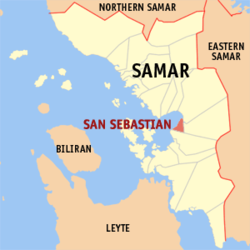
Barugo, officially the Municipality of Barugo, is a 4th class municipality in the province of Leyte, Philippines. According to the 2020 census, it has a population of 34,497 people.
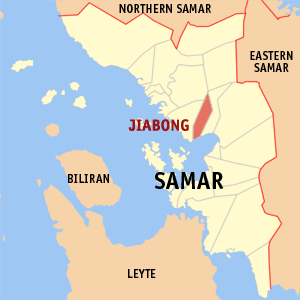
Jiabong, officially the Municipality of Jiabong, is a 5th class municipality in the province of Samar, Philippines. According to the 2020 census, it has a population of 19,205 people.

Pagsanghan, officially the Municipality of Pagsanghan, is a 5th class municipality in the province of Samar, Philippines. According to the 2020 census, it has a population of 7,959 people.

Paranas, officially the Municipality of Paranas, is a 2nd class municipality in the province of Samar, Philippines. According to the 2020 census, it has a population of 32,374 people.

San Jose de Buan, officially the Municipality of San Jose de Buan, is a 4th class municipality in the province of Samar, Philippines. According to the 2020 census, it has a population of 7,767 people.

Tarangnan, officially the Municipality of Tarangnan, is a 4th class municipality in the province of Samar, Philippines. According to the 2020 census, it has a population of 25,713 people.

Allen, officially the Municipality of Allen, is a 5th class municipality in the province of Northern Samar, Philippines. According to the 2020 census, it has a population of 25,228 people.

Lope de Vega, officially the Municipality of Lope de Vega, is a 4th class municipality in the province of Northern Samar, Philippines. According to the 2020 census, it has a population of 14,690 people.
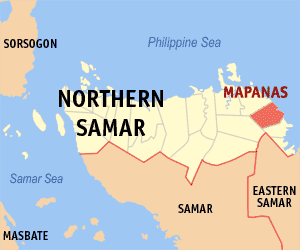
Mapanas, officially the Municipality of Mapanas, is a 5th class municipality in the province of Northern Samar, Philippines. According to the 2020 census, it has a population of 14,234 people.
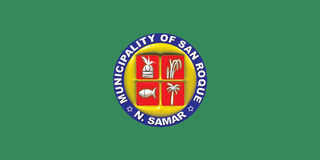
San Roque, officially the Municipality of San Roque, is a 4th class municipality in the province of Northern Samar, Philippines. According to the 2020 census, it has a population of 29,882 people.

Balangkayan, officially the Municipality of Balangkayan, is a 5th class municipality in the province of Eastern Samar, Philippines. According to the 2020 census, it has a population of 10,185 people.
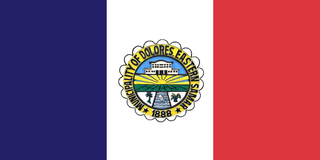
Dolores, officially the Municipality of Dolores, is a 3rd class municipality in the province of Eastern Samar, Philippines. According to the 2020 census, it has a population of 44,626 people.

Jipapad, officially the Municipality of Jipapad, is a 5th class municipality in the province of Eastern Samar, Philippines. According to the 2020 census, it has a population of 8,439 people.

Llorente, officially the Municipality of Llorente, is a 3rd class municipality in the province of Eastern Samar, Philippines. According to the 2020 census, it has a population of 21,459 people.

Maslog, officially the Municipality of Maslog, is a 5th class municipality in the province of Eastern Samar, Philippines. According to the 2020 census, it has a population of 5,463 people.

Maydolong, officially the Municipality of Maydolong, is a 4th class municipality in the province of Eastern Samar, Philippines. According to the 2020 census, it has a population of 15,314 people.

Salcedo, officially the Municipality of Salcedo, is a 5th class municipality in the province of Eastern Samar, Philippines. According to the 2020 census, it has a population of 22,136 people.

San Policarpo, officially the Municipality of San Policarpo, is a 5th class municipality in the province of Eastern Samar, Philippines. According to the 2020 census, it has a population of 15,365 people.

Taft, officially the Municipality of Taft, is a 4th class municipality in the province of Eastern Samar, Philippines. According to the 2020 census, it has a population of 18,786 people.

Matag-ob, officially the Municipality of Matag-ob, is a 4th class municipality in the province of Leyte, Philippines. According to the 2020 census, it has a population of 17,522 people.
